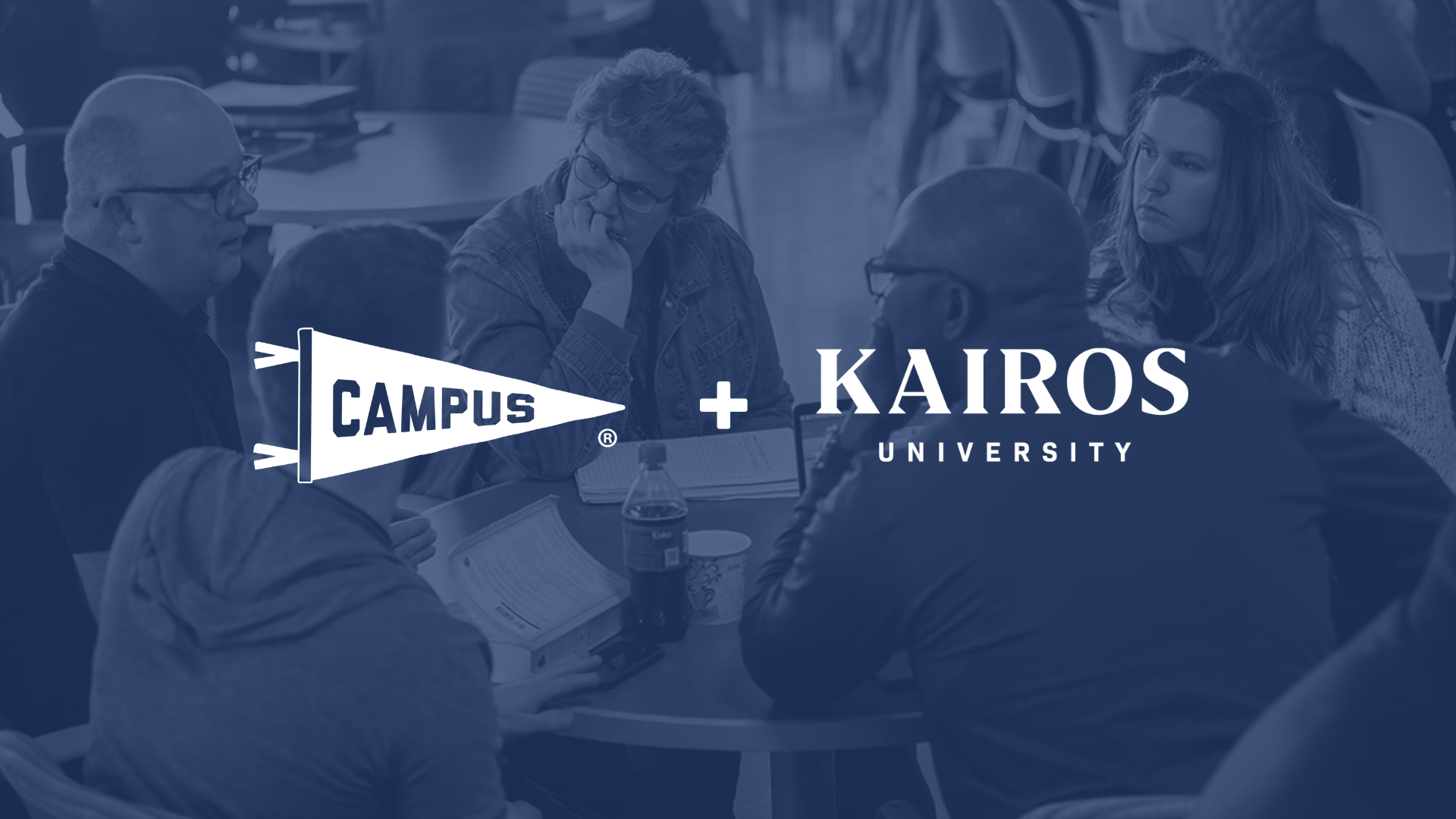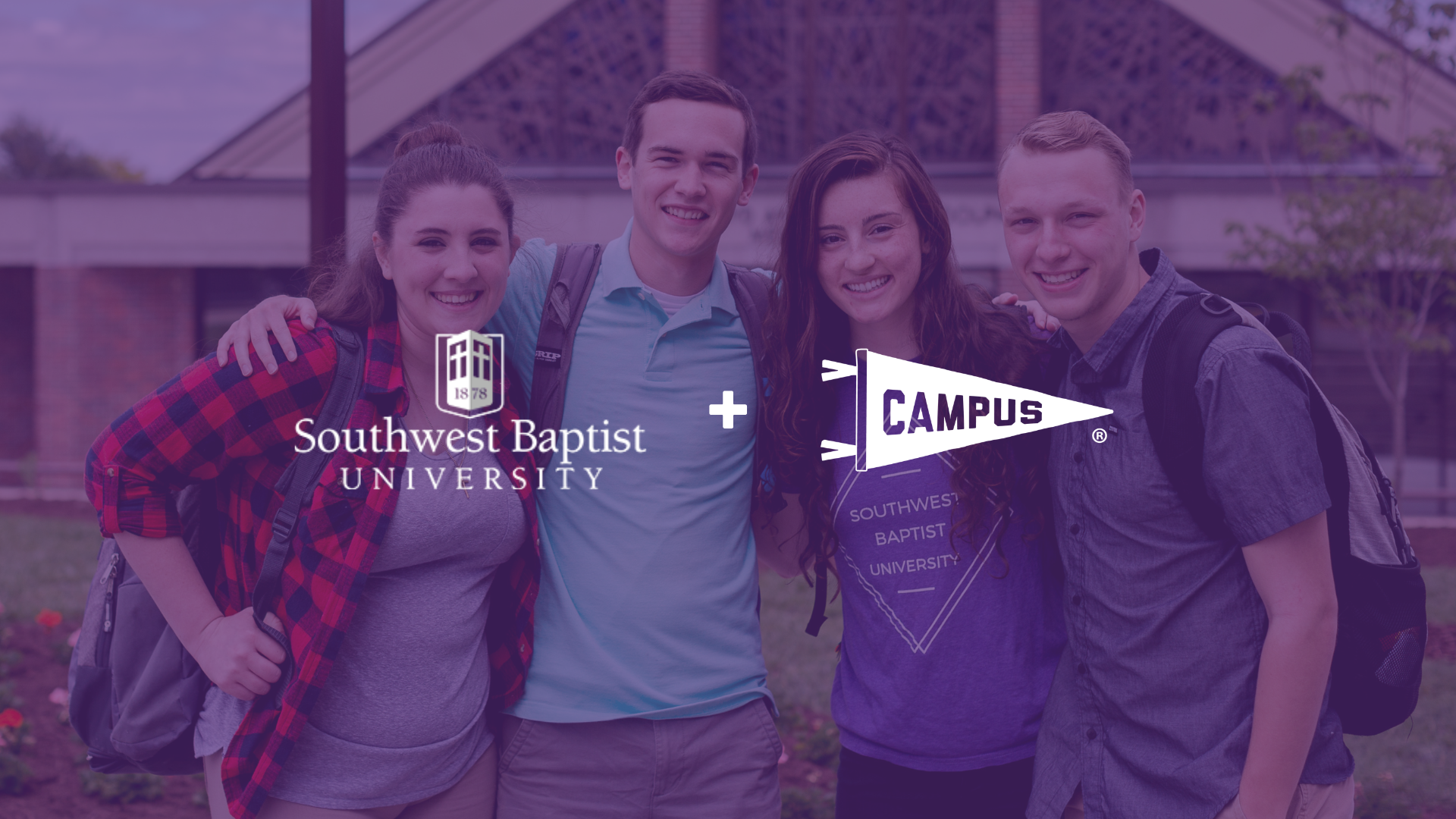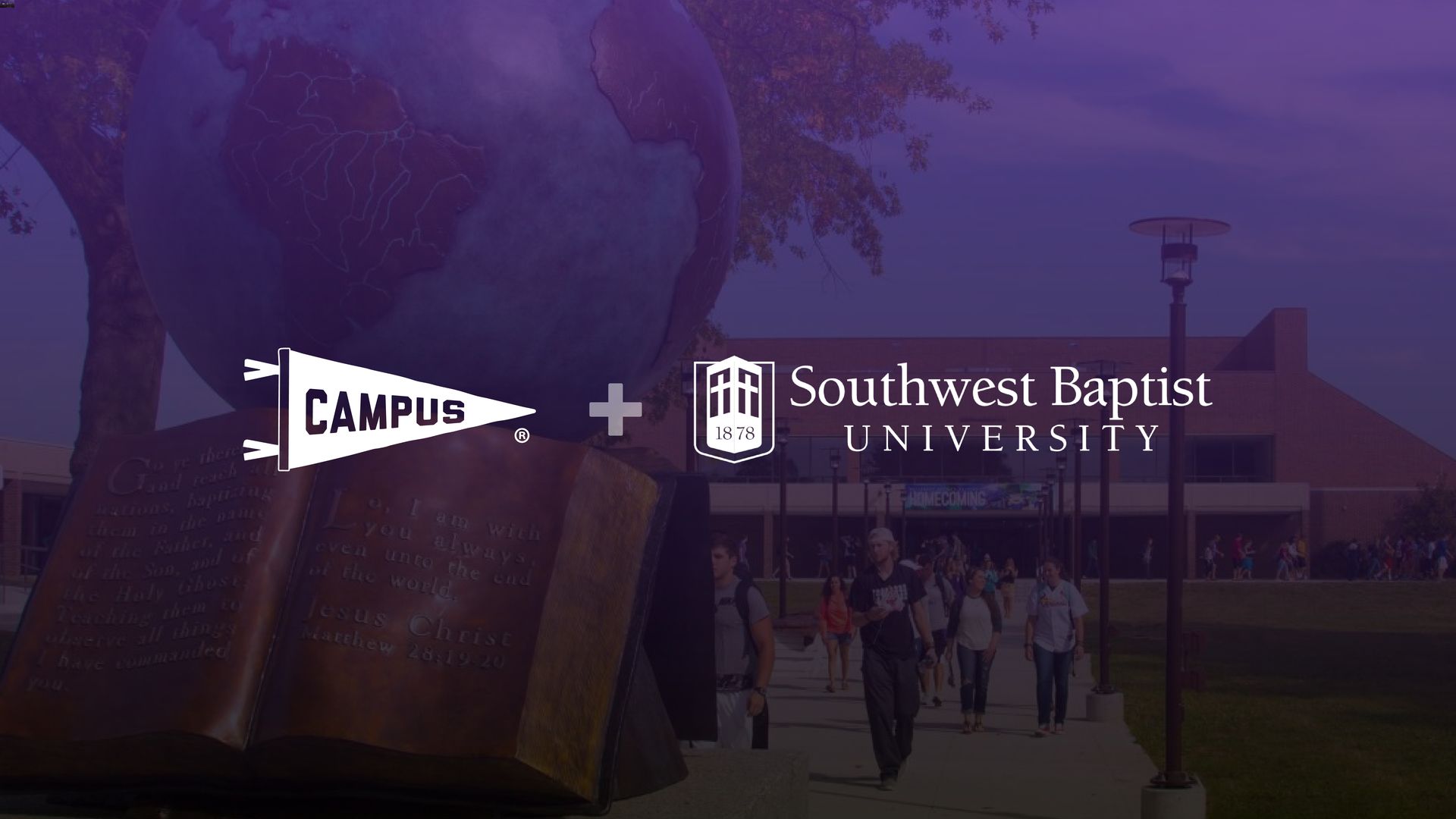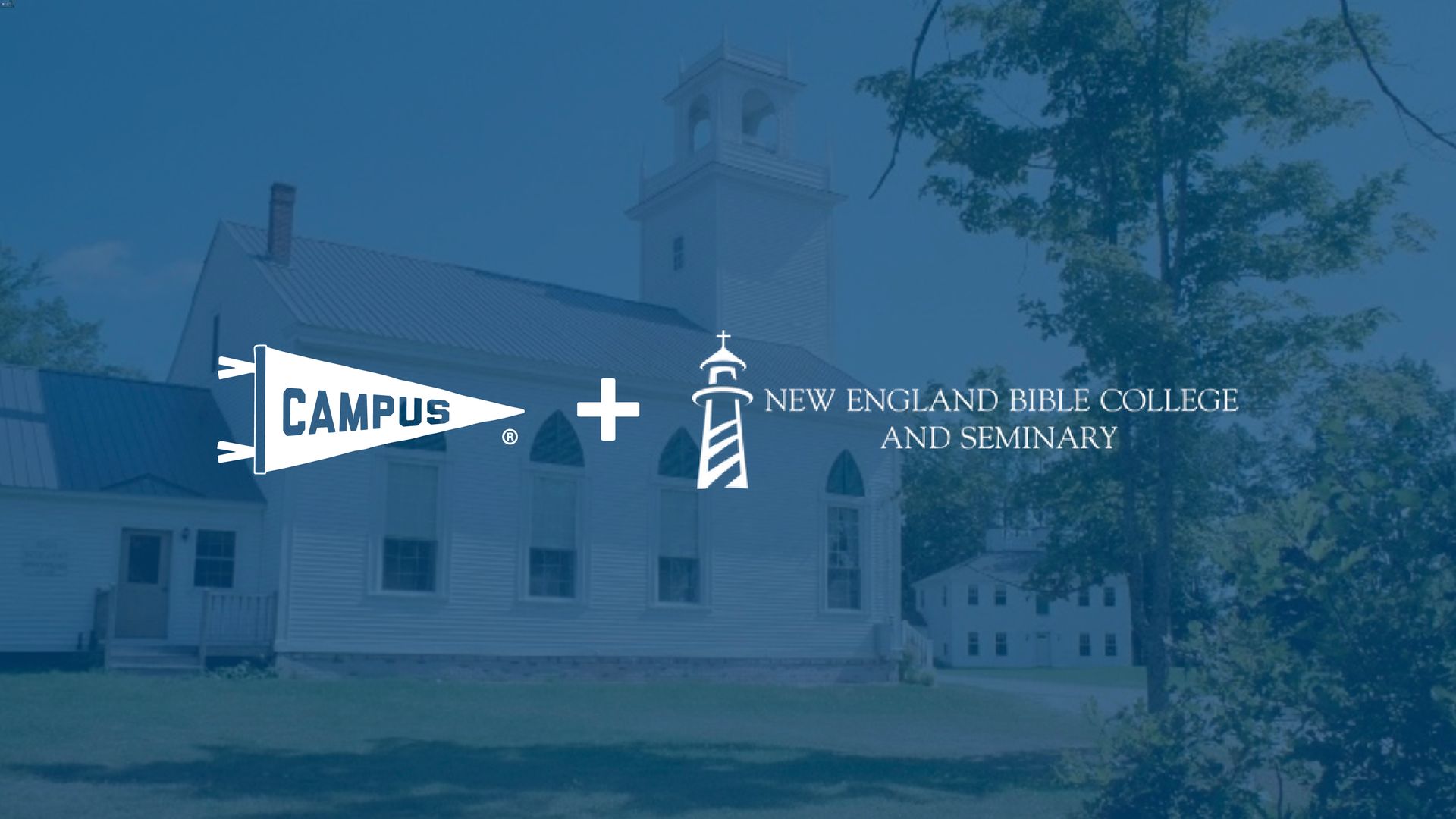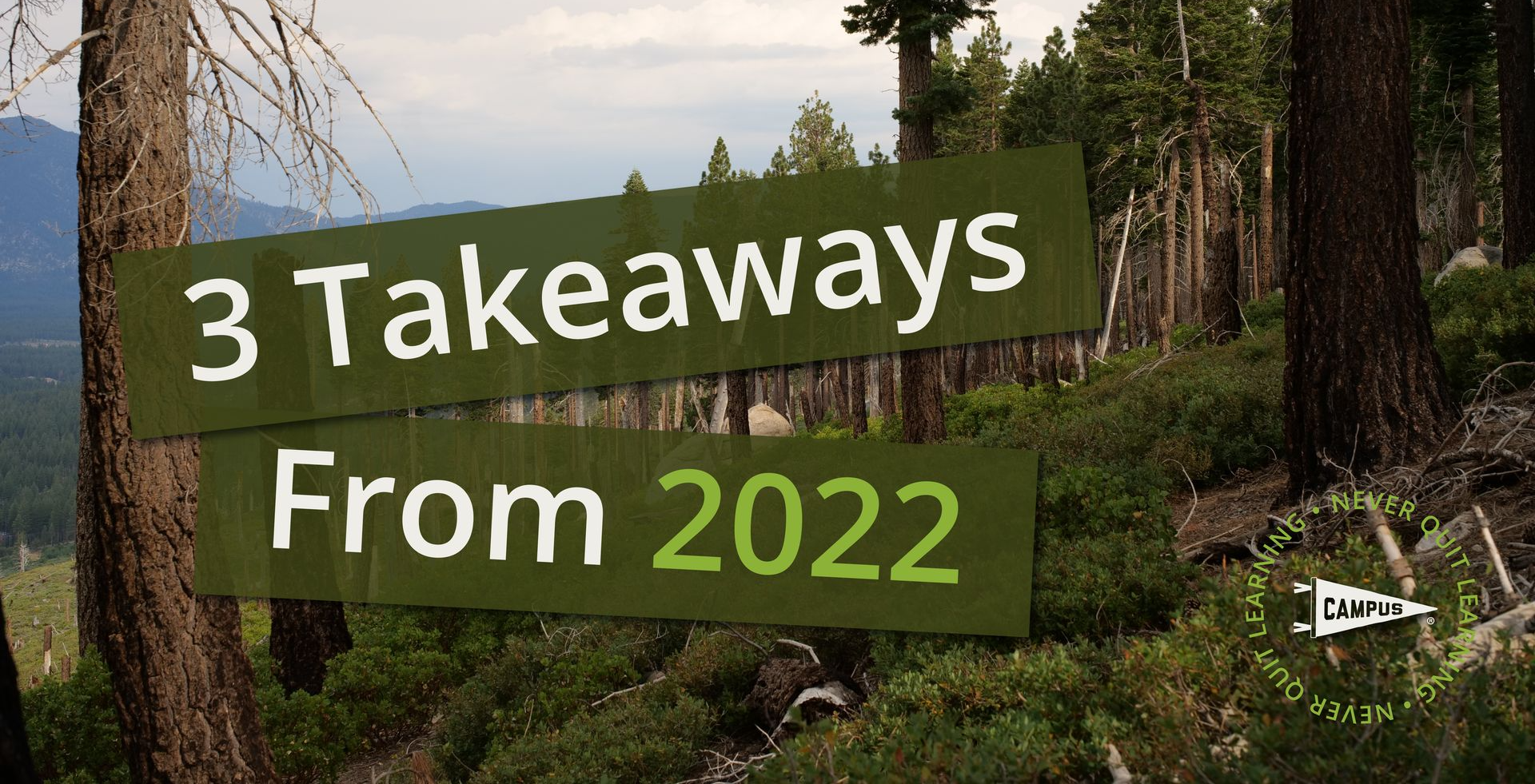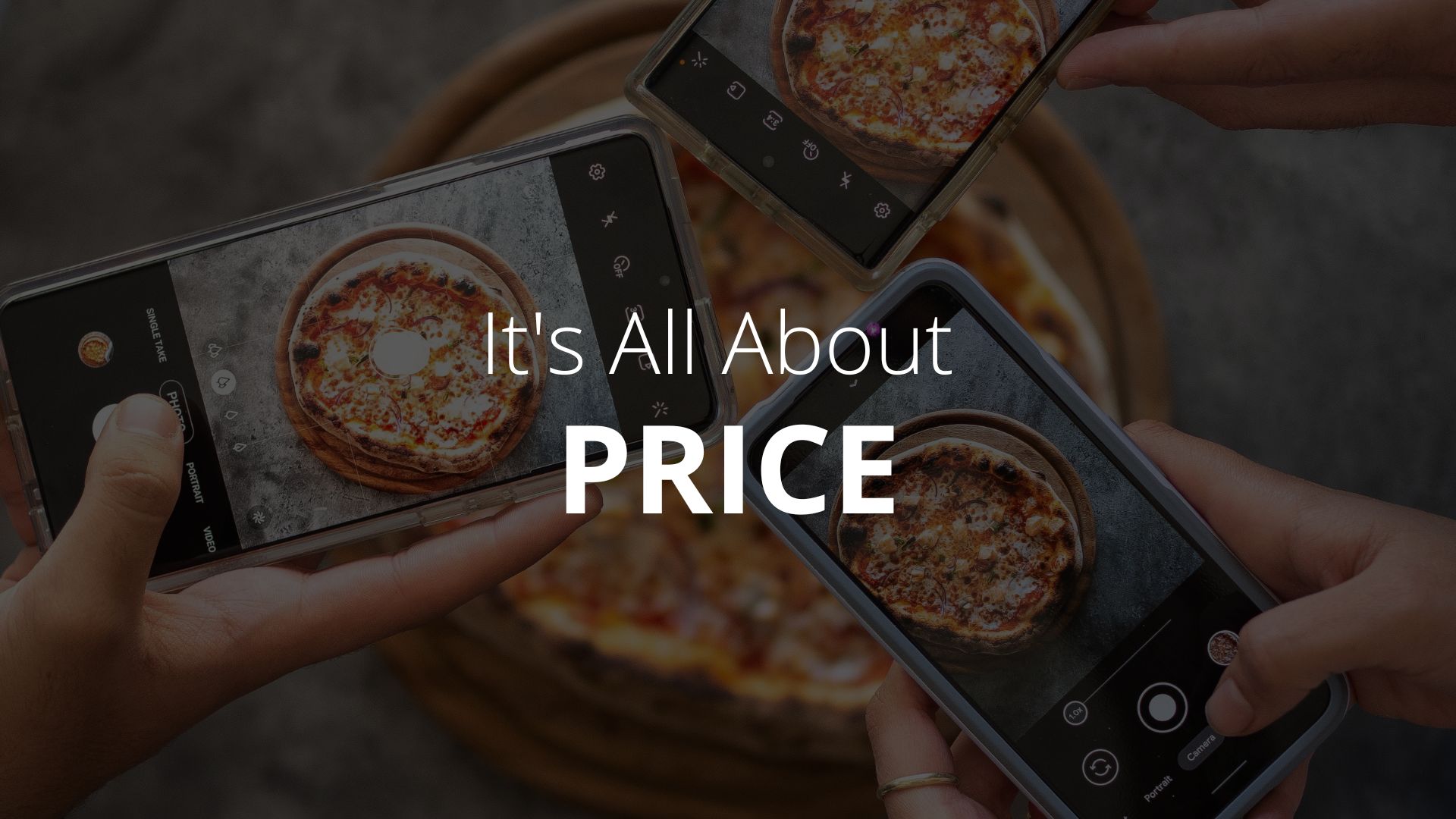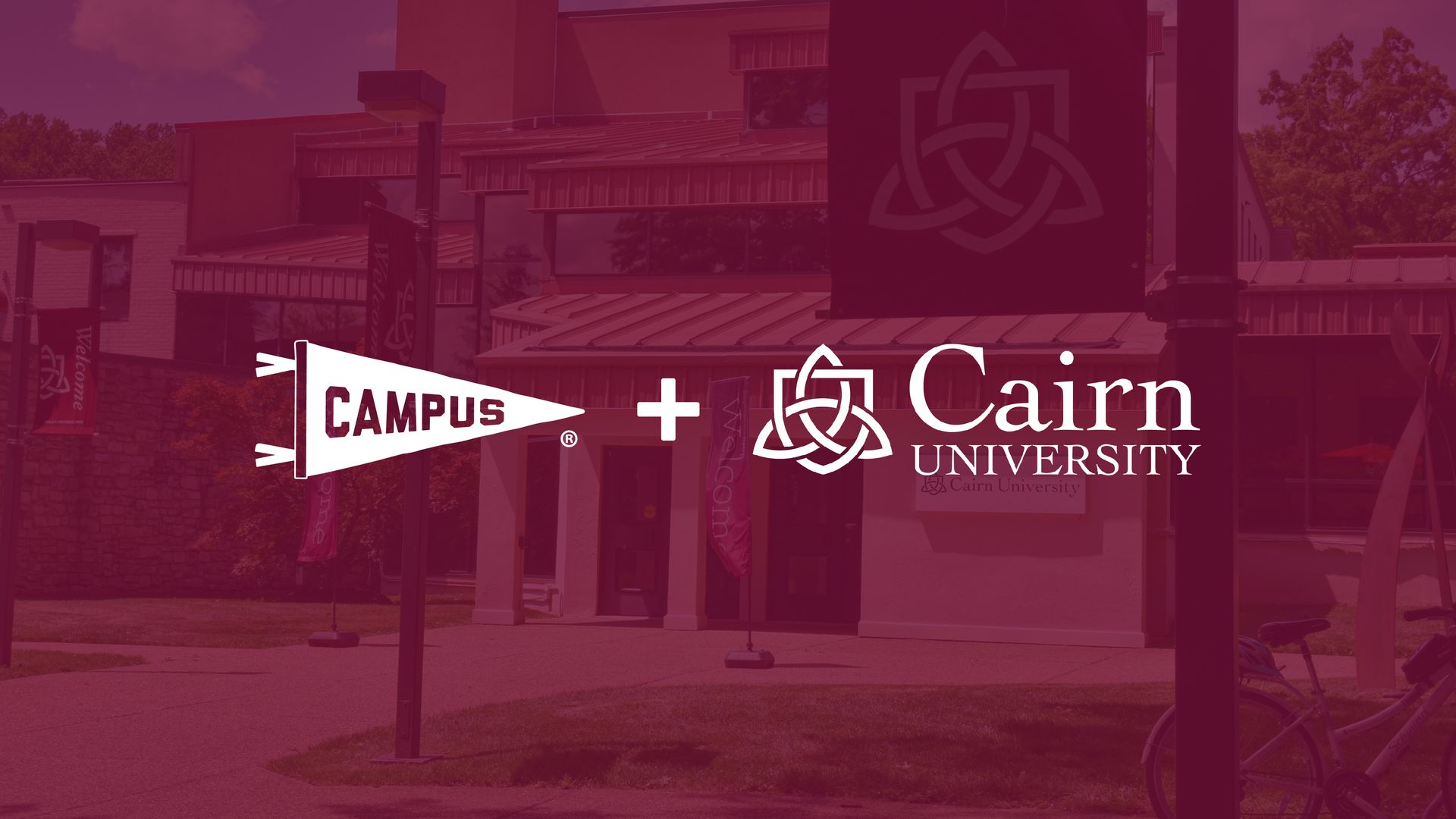Hybrid Options after COVID: Part 2
Erin Crisp
March 29, 2022

Hybrid Options After COVID: Part 2
Written by: Erin Crisp, Ed.D.
In part 1 of this series we discussed one online learning option that gained exposure during the pandemic, “Hy-flex.”
First, let’s acknowledge the context. For many faculty, administrators, and students, they were introduced to hy-flex with urgency, when everyone’s lives had been entirely disrupted, and many people were afraid for themselves or their loved ones- not the ideal scenario to introduce a new model for teaching and learning. There were no carefully planned change management workshops, well-timed seminars, or well-resourced personnel ready to help. There were exhausting and valiant efforts to continue providing education.
So if the idea of keeping hy-flex for the long term produces anxiety, consider that part of the negative feelings associated with hy-flex could be the time and space in which it was introduced.
What did we know about hy-flex prior to the pandemic?
EDUCAUSE traces the origins of hy-flex to 2006 and first published about the model in 2010. Several universities had adopted the approach for strategically selected courses and programs. It was used primarily for graduate level education with working adults. Hy-flex courses often included an element of choice for learners (ie. should I attend in-person or can I be successful attending only online asynchronously?). These were mostly mature learners.
Successful hy-flex environments often had the following characteristics: more than one instructor, support from instructional technologies personnel, awareness among students that they are expected to take responsibility for their own learning, higher than average learner confidence and maturity, robust capabilities for online course management, and an institutional familiarity with support for online learners (ie. access to advising, library services, disability support specifically designed for distance education).
The visionaries who designed hy-flex were looking toward a future where learning could be more personalized. If learners could access the same learning content and activities either in-person or online, wouldn’t that solve a lot of challenges? The same instructor could teach in both environments at once, and students would be able to hop between ecosystems as needed. Between 2006 and 2019, many schools dabbled with hy-flex as a model, but it never reached high rates of adoption. COVID accelerated any adoption that had been percolating.
After COVID experimentation, many faculty have realized that a) it is challenging to maintain two ecosystems at the same time. Library services, student support channels, course materials, attendance tracking, financial aid packaging all become more complicated when the student type is not a simple binary (in-person or online). And b) the instructor workload to keep track of learning activity in two ecosystems simultaneously is extremely challenging. Any parent knows this challenge well. Mom thinks Dad is watching little James, Dad thinks Mom has him, and all of a sudden James is playing in the street.
Learners can easily fall through the cracks between the ecosystems, getting lost, missing classwork because they intended to do it online, skipping online stuff because they intended to be there in person etc. Even with these challenges, though, many are now taking a step back to reflect on what we’ve learned and how we might move forward in a way that serves all learners for the future.
Maybe hy-flex is an idea whose time has come.
When carefully designed and intentionally launched, hy-flex models can show success. For example, one study measured the impact of a blended approach on an MBA statistics course. Prior to the intervention, the course was taught either face-to-face or online (binary) with online students performing, on final exams, at levels below their face-to-face peers. Researchers sought to close the achievement gap by offering the online learners opportunities to engage synchronously on a weekly basis. The new model effectively closed the achievement gap.
If we’re hoping to make hy-flex models a permanent fixture of university offerings, here is a top-five list of considerations:
- Create student-friendly communication that helps students understand the interaction options and expectations. For inspiration, search “Liquid Syllabus” examples and “Canva Syllabus” examples online.
- Refine support and resource channels so that everyone (faculty, staff, and students) has equal access to and interaction with your institutional support channels.
- Make synchronous learning opportunities interactive. If online students engage synchronously, they should not be listening to the equivalent of a video in real-time.
- Maintain equity between the online ecosystem and the in-person one. Live-streamed versions of in-person classes are not equitable for the online participant who watches alone while in-person students interact with one another and their instructor.
- Appoint, hire, or engage an instructional technologist or designer. Relieve the faculty instructor’s burden, and be ready to support them with someone who has the skill and experience to remove friction and delight participants.
To realize the dream of personalized learning pathways that meet a variety of learning needs while overcoming barriers, blended models hold great promise, but caution should be taken to avoid mistakes in search of a hy-flex silver bullet to increase enrollment with minimal expense.
1 Lightner, C. A. & Lightner-Laws, C. A. (2016). A blended model: simultaneously teaching a quantitative course traditionally, online, and remotely. Interactive Learning Environments, 24:1, 224-238, DOI: 10.1080/10494820.2013.841262
The Campus Blog
